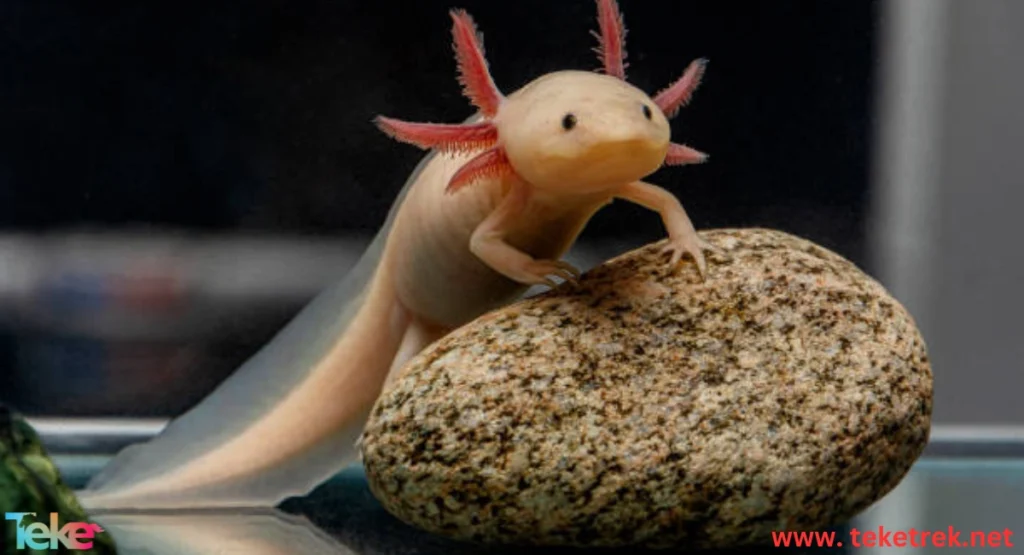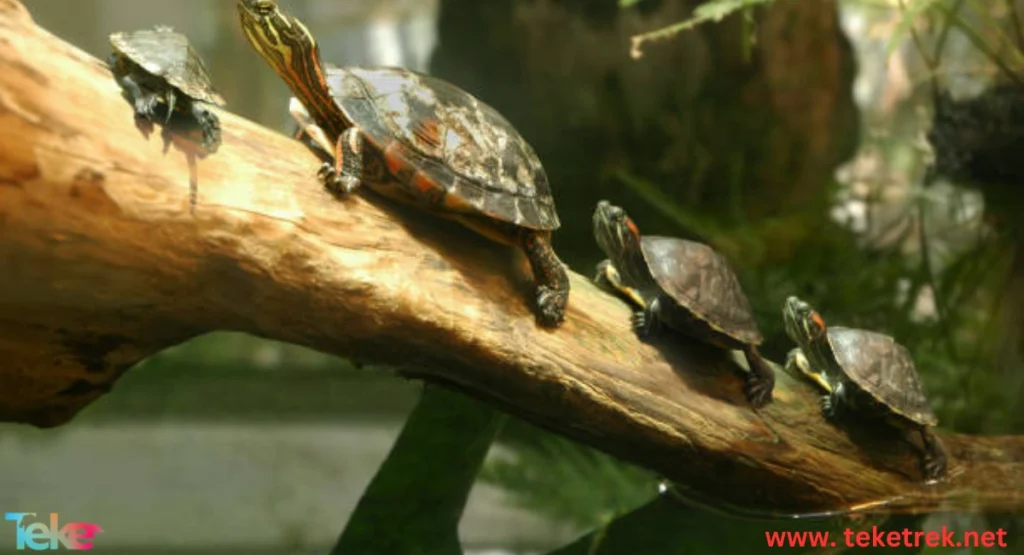Many people often confuse reptiles and amphibians, thinking they are the same. However, the truth is that the difference between reptiles and amphibians is clear and significant. While both are cold-blooded vertebrates, they differ in appearance and lifestyle. For example, reptiles lay their eggs on land, while amphibians lay eggs in water and fertilize them externally. These and other fundamental differences make it essential to understand the distinction—especially for children—to avoid confusion. In this article from teketrek, we’ll provide detailed information about both reptiles and amphibians and take a closer look at how these two animal groups are classified.
Definition: What Are Reptiles?
This is a common question, as many confuse reptiles with amphibians. Reptiles are cold-blooded vertebrates that live primarily on land and breathe through lungs. They cannot regulate their body temperature internally, so their body heat matches their surrounding environment. Reptiles have a tough external covering like scales or plates that protects them, and they typically lay eggs on land.
Such as: snakes, turtles, lizards, and crocodiles.
Reptiles usually have legs that help them walk on land, although some prefer aquatic habitats and can live in both water and land. Their reproduction methods vary—some lay eggs (like snakes and turtles), while others give birth to live young. They typically feed on small animals, mammals, insects, or carrion. Reptile eggs have hard, thick shells and are often buried under soil or sand.

What Are Amphibians?
Amphibians are also cold-blooded vertebrates, but they usually possess gills during early life stages and rely on aquatic environments for reproduction. They typically live in or near water. Amphibians have soft, moist skin that allows them to absorb oxygen and water through their skin.
Examples of amphibians include frogs, newts, and salamanders.
They mainly feed on insects, small animals, and fish. Amphibians lay their eggs in water, where the young begin their life cycle before transitioning to land.
Key Differences Between Reptiles and Amphibians
Now that we’ve explored both reptiles and amphibians in detail, you’re probably wondering how they differ. Here’s a side-by-side comparison of the key distinctions:
| Feature | Reptiles | Amphibians |
| Breathing | Through lungs | Through gills (initially), then lungs |
| Limbs | Have legs for walking | Have limbs and sometimes fins |
| Skin Type | Thick, dry, scaly skin | Smooth, moist, soft skin |
| Preferred Habitat | Dry environments, deserts, or semi-aquatic | Aquatic or moist environments |
| Egg Laying | Lay hard-shelled eggs on land | Lay soft eggs in water |
| Temperature Control | Cold-blooded (body temp matches surroundings) | Same |
Similarities Between Reptiles and Amphibians:
- Both are cold-blooded vertebrates.
- Both reproduce by laying eggs (with different environments for egg-laying).
- Both can breathe outside water as adults.
Examples and Quick Test to Differentiate
Many wonder how to tell the difference between reptiles and amphibians. Each group contains distinct animals:
Examples of Reptiles:
- Crocodiles
- Snakes
- Lizards
- Turtles
Examples of Amphibians:
- Frogs
- Salamanders
- Toads
How to Tell Reptiles from Amphibians?
There are several features to observe:
- Skin Texture: If it’s thick, dry, and scaly—it’s a reptile. If it’s smooth, soft, and moist—it’s an amphibian.
- Habitat: Reptiles are found in dry or desert areas; amphibians prefer moist, watery places.
- Egg Location: Reptiles lay eggs on land; amphibians lay theirs in water.
- Breathing Ability: Reptiles breathe only air; amphibians can breathe both underwater and in air during their life cycle.

Salamander Life Cycle
The salamander goes through four stages in its life:
- Egg stage – laid in ponds or small water bodies.
- Larval stage – after hatching, the salamander has a soft, moist body and lives in water.
- Growth stage – it develops legs, its tail becomes smaller, and gills disappear.
- Adult stage – it reaches full development and returns to the water to reproduce, repeating the cycle.
Frog Life Cycle
Frogs also undergo a multi-stage life cycle:
- Eggs – laid by the mother in water.
- Tadpole stage – hatching into a larva with gills and a tail to swim.
- Transformation stage – gills and tail gradually disappear; lungs form.
- Adult frog – now able to breathe air and reproduce, restarting the cycle.
In Summary
Understanding the difference between reptiles and amphibians is quite simple:
- Reptiles live on land, have rough scaly skin, and lay eggs on land.
- Amphibians have soft, moist skin, live in or near water, and lay eggs in water.
Reptiles include animals like snakes and turtles, while amphibians include frogs and salamanders.
With this explanation, the distinction between the two should now be clear. Stay curious and take care of our fascinating wildlife!





